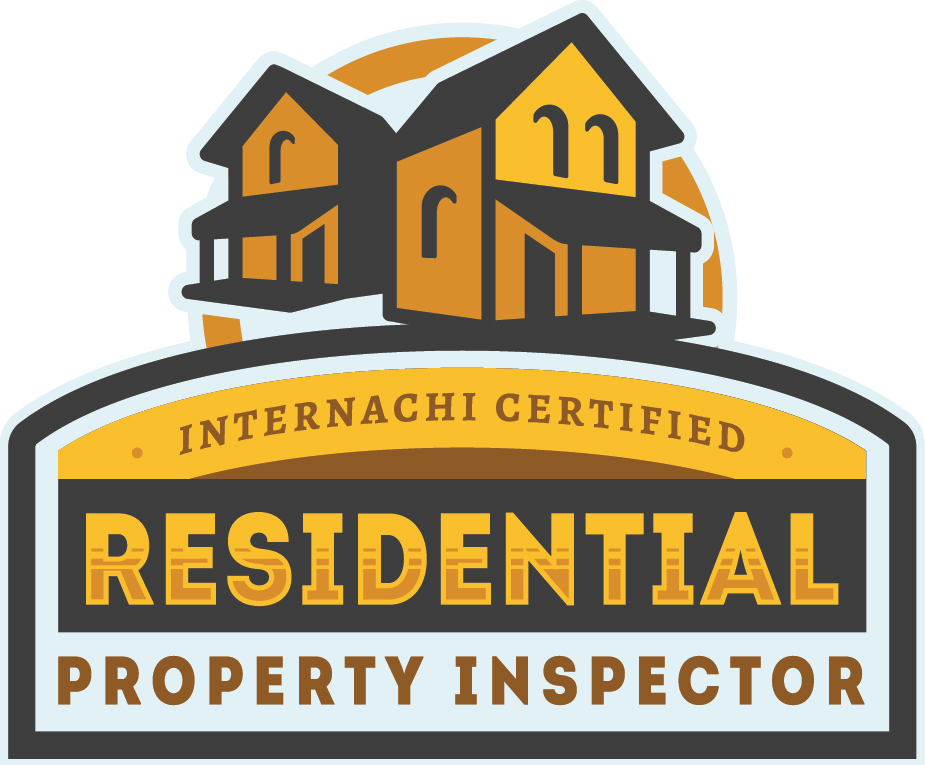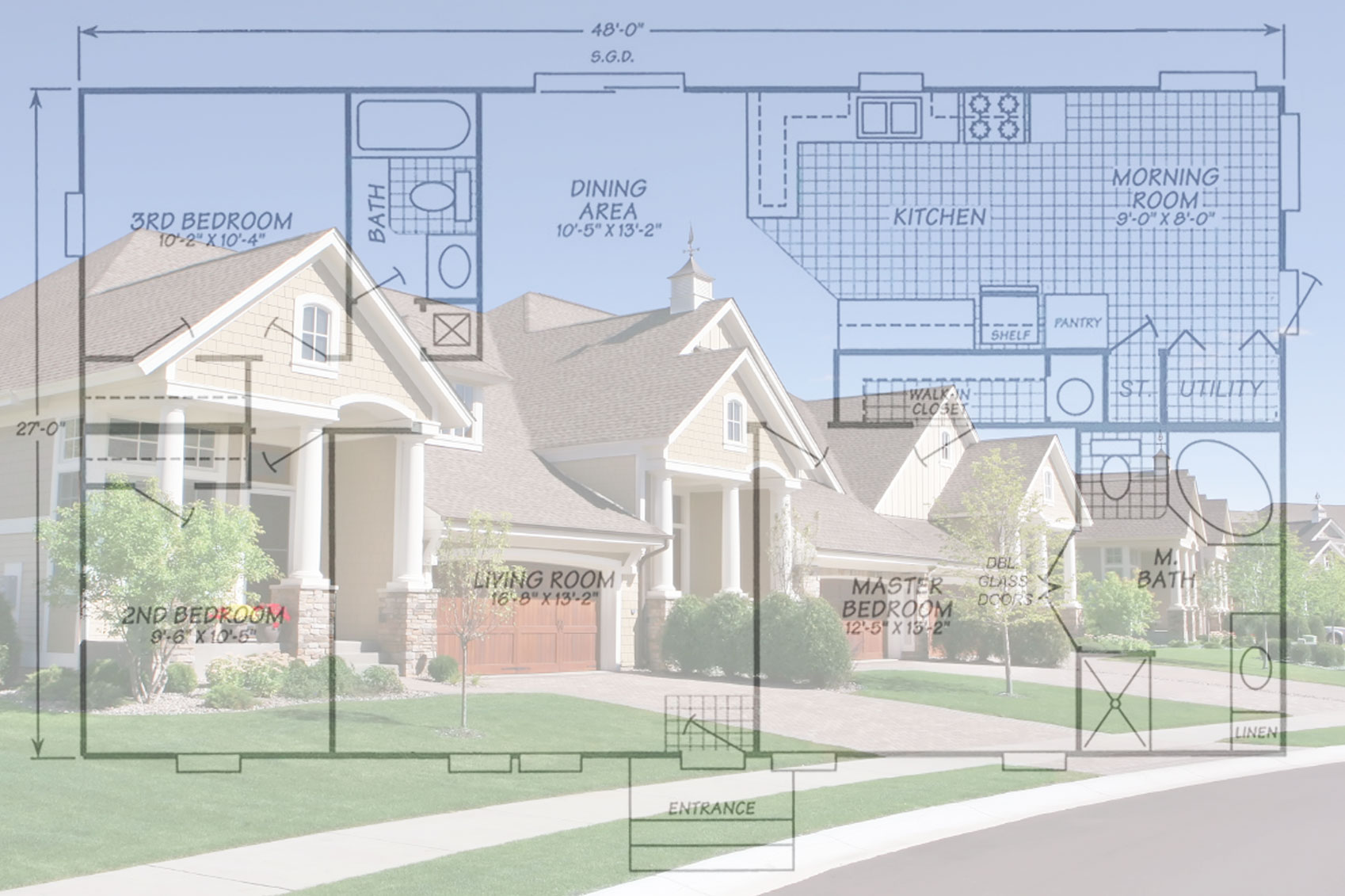Pest & Termite Inspection and Testing
Hackensack and all of NJ. Serving Northern New Jersey
It's an unfortunate fact that many people buy properties without realizing what problems lurk behind their walls and beneath their surfaces. Believe it or not, pest and termite issues are more common in Hackensack, NJ properties than you might think. So if you're considering buying a home or investing in a commercial building, it's essential that you get it checked out by a qualified professional before signing a contract. And that's exactly where we come in.
Thorough Inspection Services
At Home Inspections By Gary, Inc., we offer thorough, dependable pest and termite inspection services for residential and commercial structures. We understand how much damage pests and termites can cause, and if such issues are present in the property you're looking to buy, we want to make you aware of that fact before you fork over a down payment. We take a thorough, detail-oriented approach to all that we do; and our commitment to your satisfaction means we'll never cut corners during the inspection process.
Get the facts before you agree to your upcoming purchase. Call us today to schedule a pest and termite inspection.

Why Choose Us?
- High Quality Work
- Locally Owned & Operated
- Quick Response
- Fully Licensed and Insured
- Fully Independent to Represent Your Interests
- Weekend Appointments Available
Contact Home Inspections by Gary: (201) 994-6949!
Proudly serving the termite and pest inspection and testing needs of home buyers and sellers in Bergen County and the NY Hudson Valley, including Hackensack, Paramus, Bergen and Passaic New Jersey to ensure quality indoor air!
Termite and Pest Control in the Home
Signs of Infestation
Hire a qualified InterNACHI inspector to inspect for termites or other wood-destroying organisms. Generally, the first sign of infestation is the presence of swarming termites on the window or near indoor light. If they are found inside the house, it almost always means that they have infested. Other signs that may be found are termite wings on window sills or in cobwebs, and shelter tubes, which are tunnels constructed by the termites from soil or wood and debris. Usually, wood damage is not found at first, but when it is found, it definitely reveals a termite infestation. Anywhere wood touches soil is a possible entry into a home for termites. Examine wood which sounds dull or hollow when struck by a screwdriver or hammer. Inspect suspected areas with a sharp, pointed tool, such as an ice pick, to find termite galleries or their damage.
Control
Control measures include reducing the potential infestation, preventing termite entry, and applying chemicals for remedial treatment.
Inspection
Inspect thoroughly to determine if there is an infestation, damage, and/or conditions that could invite a termite attack, or the need for remedial control measures. The tools and equipment needed for an inspection include a flashlight, ice pick or sharp-pointed screwdriver, ladder, and protective clothing. Always hire an InterNACHI inspector for your inspection needs, as they are trained by the highest standards in the inspection industry.
Outdoors
Check the foundation of the house, garage and other buildings for shelter tubes coming from the soil. Look closely around porches, connecting patios, sidewalks, areas near kitchens and bathrooms, and hard-to-see places. Check window and door frames, and where utility services enter the house for termite infestation or wood decay. Also, look behind shrubbery and plants near walls. Pay special attention to areas where earth and wood meet, such as fences, stair carriages and trellises. Open and check any exterior electrical meter or fuse box set into the wall, a common point of infestation.
Indoors
Carefully check all doors, window facings, baseboards, and hardwood flooring. Discoloration or stains on walls or ceilings may mean that water is leaking and can decay wood, and this can aid termite infestation. It is very important to inspect where plumbing and utility pipes enter the foundation and flooring. Also, examine the attic for shelter tubes, water leakage, and wood damage.
Chemical Treatment
Termite treatment often requires specialized equipment. Therefore, it is recommended that you always use the services of a pest control operator because he is familiar with construction principles and practices, has the necessary equipment, and knows about subterranean termites.
Exterminating Termites
If you think you have a termite infestation in your house, you need to call a structural pest control company to conduct a professional inspection. To find a company, ask friends or coworkers for recommendations, or check the Yellow Pages and local internet listings. If the inspection finds evidence of drywood termites, you have several options, depending on the degree of infestation. Fumigation and heating of the entire house are the only options that ensure eradication in the entire structure. If the infestation is contained in a small area, local or spot control may be effective. However, hidden infestations in other parts of the structure will not be eradicated.
Total (Whole-House) Eradication
For the heat method, pets, plants, and other items that might be damaged by high temperatures must be removed. The house is then covered with tarps, and hot air is blown into the tarp until the inside temperature reaches 140° F to 150° F, and the temperature of the structural timbers reaches 120° F. The time to complete this procedure varies greatly from one structure to another, depending on factors such as the building's construction and the weather conditions. The procedure may not be practical for structures that cannot be heated evenly.
Local or Spot Control
Local or spot-control methods include the use of pesticides, electric current, extreme cold, localized heat, microwave energy, or any combination of these methods. Local or spot control also includes the removal and replacement of infested structural timber. These methods are intended to remove or kill termites only within the specific targeted area, leaving open the possibility of other undetected infestations within the structure. These treatments are NOT designed for whole-house eradication. Any pest control company that claims whole-house results with local or spot control methods is guilty of false advertising and should be reported.
Local or spot treatment with pesticides involves drilling and injecting pesticides into infested timbers, as well as the topical application of toxic chemicals. The electric-current method involves delivering electric energy to targeted infestations. For the extreme cold method, liquid nitrogen is pumped into wall voids adjacent to suspected infestation sites, reducing the area to -20° F. The localized heat method involves heating infested structural timbers to 120° F. The microwave method kills termites by directing microwaves into termite-infested wood.
If you see the following signs in your house, you might have termites:
- sawdust-like droppings;
- dirt or mud-like tubes or trails on the structure;
- damaged wood members (like window sills); and
- swarming winged insects within the structure, especially in the spring or fall.

